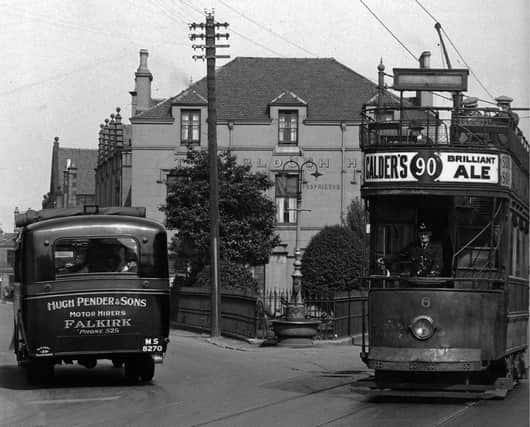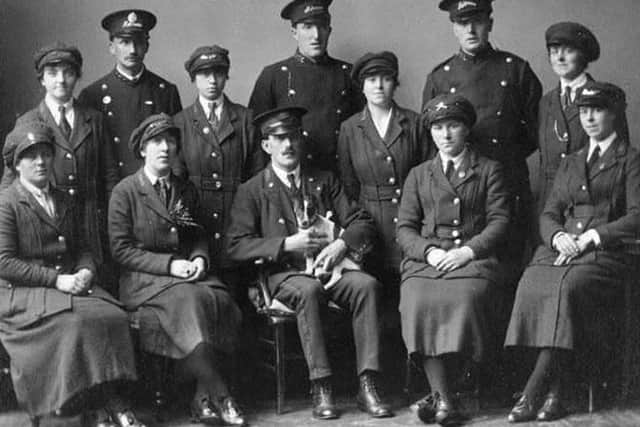Looking back with Ian Scott on the end of the Falkirk trams


That was in 1936 after 31 successful years when the financial power of the bus companies proved too strong to resist. Within a few months most of the apparatus – the overhead lines and rails – had vanished and the fleet of tramcars were sold off, fetching a miserly £50 apiece. Other tram companies were put off by the unusual four foot gauge shared only with Wellington in New Zealand but there was no bid from the other side of the world so holiday caravans and hen houses were the fate of many of the relatively new single-deckers. In the 1980s one of these was discovered on a local farm and was restored as part of a work experience scheme. It still rests in the Museum workshop in Grangemouth and someday with luck and a lot of money it might run again.
Over the years I have spoken to many folk who lived through those day - some remember waiting on a tram and knowing it was on its way from the sound of the wheels ‘singing’ through the rails. Another recalled Saturdays when hugely overcrowded double-deckers headed up Grahams Road towards Brockville with people hanging off the sides and the car leaning over to one side! As well as these eye-witnesses we have the odd surviving official document like the interesting and amusing register recording the misconduct of drivers and conductors/conductresses up to the end of World War I. The discipline system was a bit like an old fashioned school with ‘demerit marks’ awarded for various offences. Once an employee had accumulated enough of these then fines, cautions or even dismissal followed.
Advertisement
Hide AdAdvertisement
Hide AdThe management were obsessed with saving electricity and a driver who exceeded the weekly target figure or failed to switch off the engine at the top of a brae would have his wage rate (then about sixpence an hour) reduced for a spell. Other demerit marks or even suspension were for failing to collect fares, running the cars off the rails, ignoring stop signs, smoking on duty, or, as in one case, allowing “a strange boy to turn the trolley and destination sign”. Entering a public house in uniform was an even more serious offence and there was little sympathy for the conductress who was cautioned for “playing about in the street with her driver”. However the top award must surely go to Motorman Haxton who was fired for attempting to overtake another tram going in the same direction in Camelon by using the passing loop! His excuse was that he was in a hurry to get back to the depot.


Between 1906 and 1915 all employees were men but the number joining the forces in 1914 cut the staff from 67 to 38. Services were reduced until the first conductresses were recruited. The following year they were also in the driving seat and remained there for the lifetime of the system.
In many ways the picture taken in 1929 at the Plough Hotel, Stenhousemuir is symbolic of the last days. Tram number 6, one of the original 1906 French built fleet, looking tired and worn, passes the spanking new Thorneycroft bus operated by Penders. By then the writing was on the wall and seven years later it was all over.